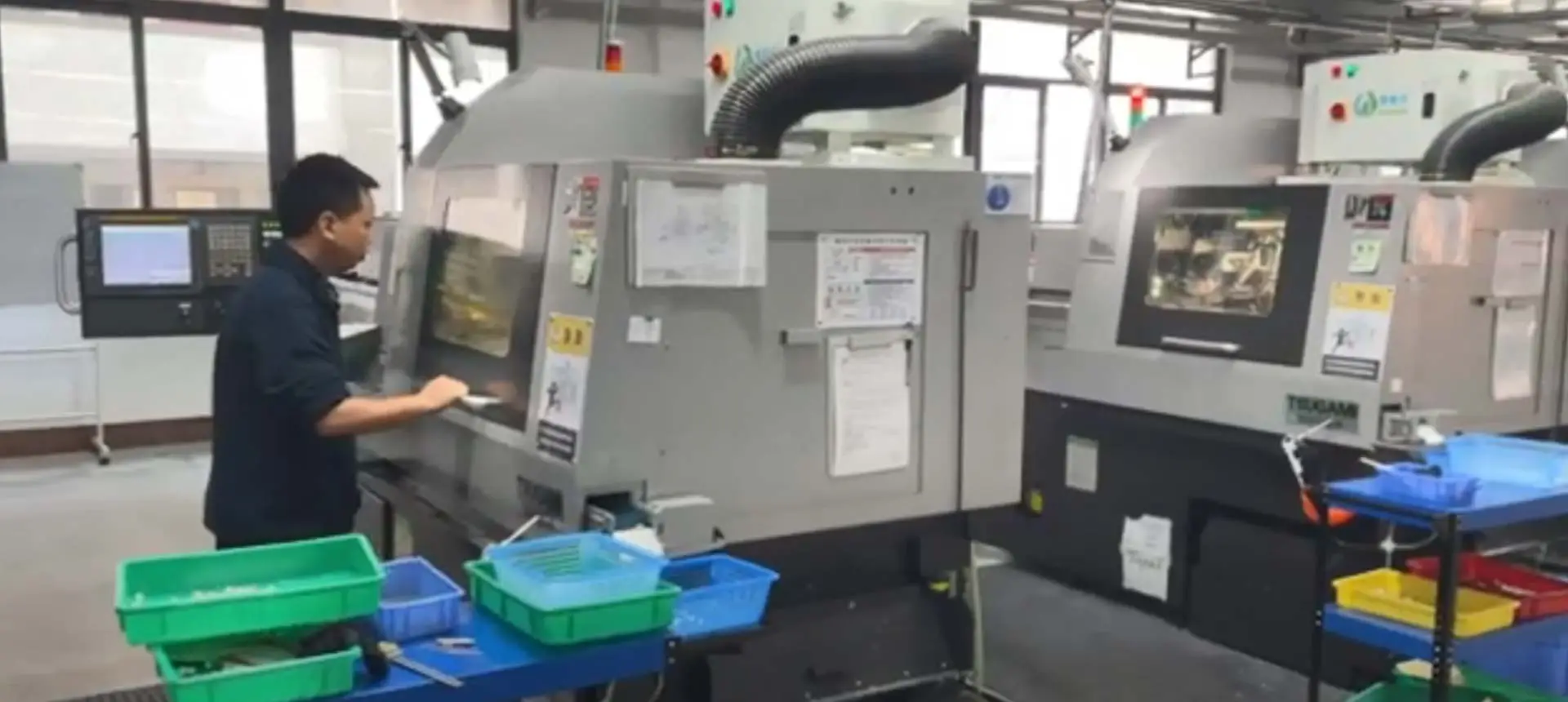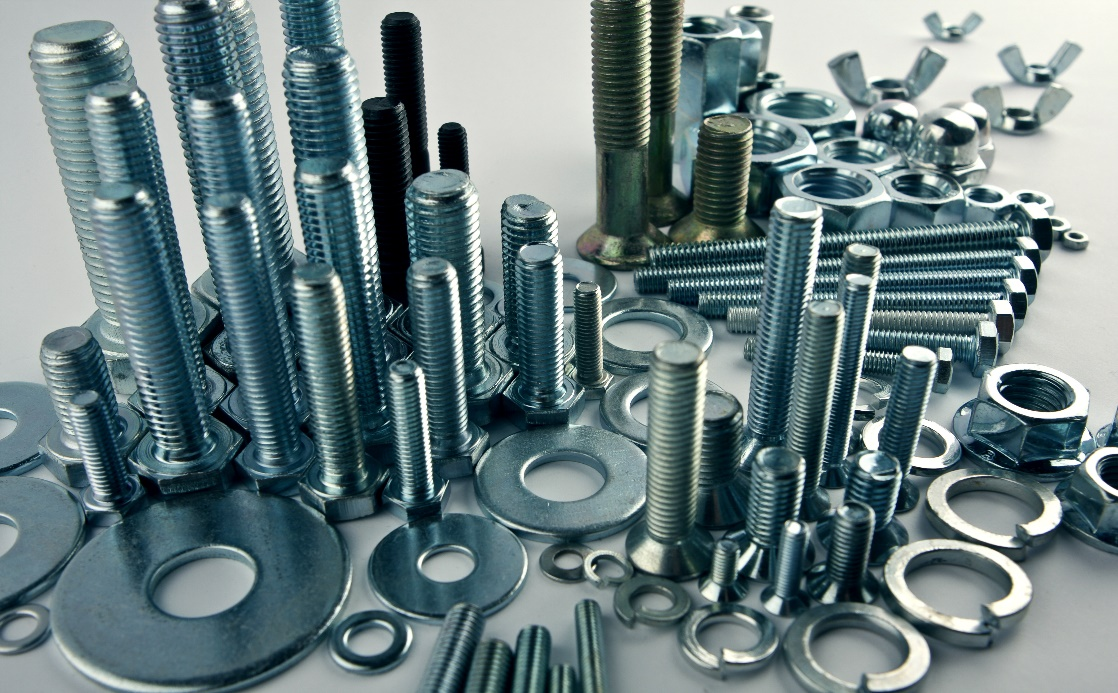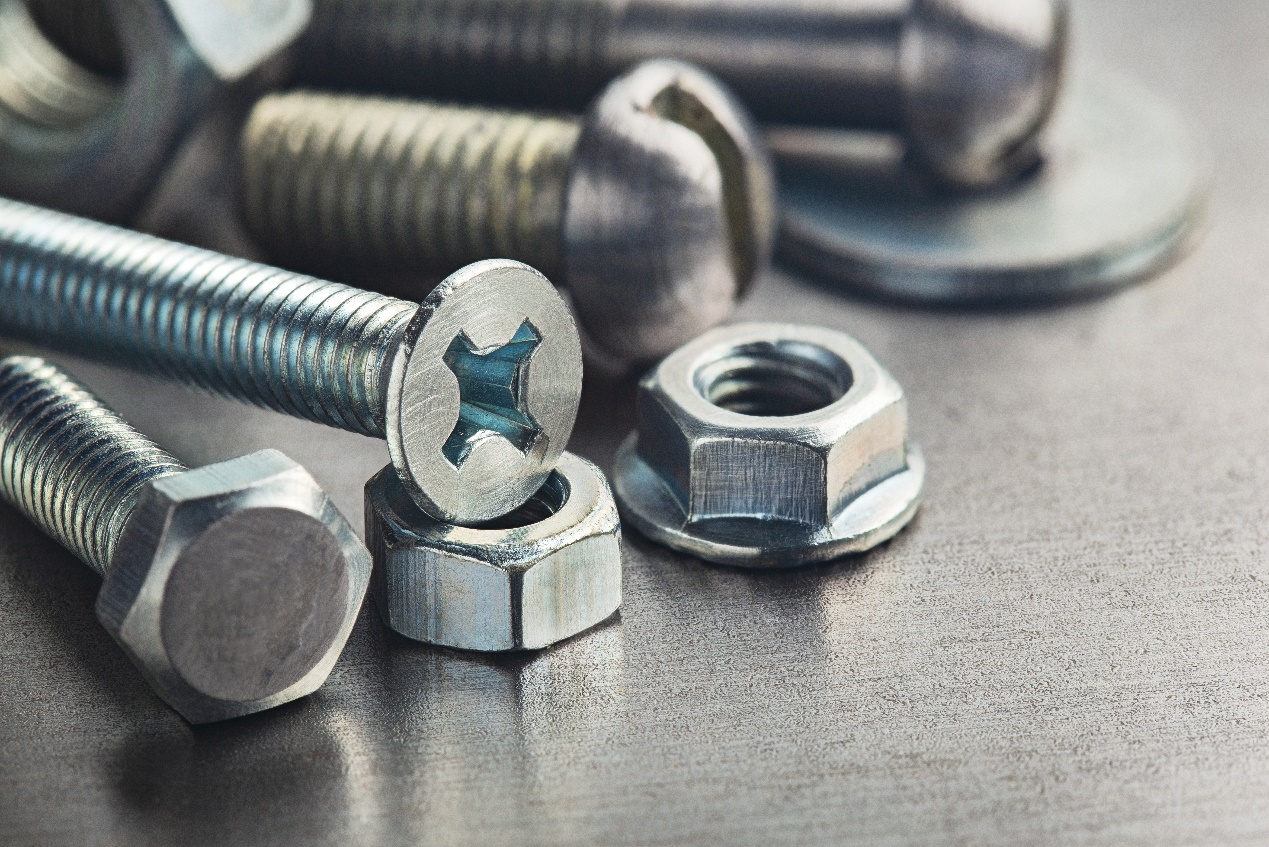
A direção fria é um processo de fabricação que envolve moldar o fio de metal por meio de uma série de matrizes para criar componentes de precisão conhecidos como peças de cabeça fria. O processo é realizado à temperatura ambiente, o que ajuda a melhorar a resistência e a durabilidade das peças acabadas.
O processo começa com a seleção do material apropriado, como alumínio, aço inoxidável ou cobre, que é então alimentado em uma máquina de rumo a frio. A máquina usa uma série de matrizes para moldar o fio na forma desejada, criando recursos como roscas, chanfros e cortes inferiores.
Após o processo de direção a frio inicial, as peças podem ser processadas para obter o acabamento desejado ou tratamento de superfície. Isso pode incluir processos como tratamento térmico, revestimento ou revestimento.
A direção fria é um processo de fabricação altamente eficiente e econômico que pode produzir grandes volumes de peças com alta precisão e consistência. É amplamente utilizado em indústrias como automotiva, aeroespacial, eletrônica e construção para a produção de uma ampla gama de componentes, desde fixadores e conectores até formas complexas de máquinas e equipamentos.
A utilização de peças de direção a frio oferece vários benefícios, incluindo maior resistência e durabilidade devido ao processo de conformação a frio, bem como maior consistência dimensional e custo-benefício em corridas de produção de alto volume. As peças de direção fria também oferecem maior flexibilidade de design com a capacidade de criar formas e recursos complexos. Além disso, as peças de direção a frio costumam ser mais leves em comparação com as peças usinadas, o que é benéfico em aplicações onde a redução de peso é uma prioridade. Finalmente, a direção a frio fornece um processo de fabricação mais sustentável e ecologicamente correto, reduzindo a sucata e o desperdício em comparação com os métodos tradicionais de usinagem.
A direção fria, um processo de formação de metal amplamente adotado, oferece inúmeras vantagens e é altamente favorecida devido à eliminação do desperdício de metal. A escolha do cabeçalho frio é normalmente considerada com base nos seguintes fatores:
Resíduos materiais mínimos:A direção fria começa a partir do fio, resultando em quase nenhum desperdício de material, reduzindo custos e consumo de recursos.
Eficiência alta da produção:A direção fria opera em velocidades extremamente altas, tornando-a adequada para produção em grande escala, reduzindo assim o tempo e os custos de produção.
Alta precisão:O cabeçalho frio pode alcançar um excelente controle de dimensão, garantindo tamanhos de peças consistentes.
Qualidade excelente:A direção fria melhora a estrutura de grãos do material, aumentando a resistência à tração e a resistência ao desgaste das peças.

Materiais versáteis e ampla aplicabilidade:A direção fria pode ser aplicada a vários metais, incluindo aço, alumínio, cobre e ligas.
Formas flexíveis:A direção fria pode produzir uma variedade de formas de peças, incluindo parafusos, parafusos e outros perfis complexos.
Ambientalmente amigável e sustentável:A direção fria gera desperdício mínimo e normalmente requer energia mínima, alinhando-se com os princípios da produção sustentável.
Custos de produção reduzidos:O processo eficiente de direção a frio reduz os custos de mão de obra e o desperdício de material, tornando as peças mais competitivas em termos de custos.
Em resumo, as vantagens da direção a frio, incluindo economia de material, alta eficiência, qualidade, versatilidade e consistência, fazem dela a escolha preferida na fabricação. É mais rentável em comparação com outros métodos de fabricação, tornando-se uma escolha ideal para a produção de peças de alta qualidade.
Quando a precisão e a confiabilidade são importantes em seus componentes de metal, o HHC é seu parceiro de confiança no reino da direção fria. Na HHC, nos destacamos no fornecimento de serviços de direção fria de alto nível que atendem às necessidades exclusivas de seu projeto.

Nossas capacidades:
1. Precisão incomparável: HHC possui máquinas de ponta a frio que fabricam peças de metal com precisão incomparável. Nosso compromisso com a precisão garante que seus componentes se encaixem perfeitamente em seus projetos.
2. experiência material abrangente: do aço ao alumínio, cobre, e mais, nós possuímos uma compreensão profunda de materiais diversos. Nossa experiência nos permite orientá-lo na seleção do material ideal para o seu projeto, garantindo resistência e durabilidade.
3. Produção econômica de alto volume: Estamos equipados para lidar com produção de alto volume com eficiência notável. Os processos simplificados da HHC garantem preços competitivos sem comprometer a qualidade.
4. soluções personalizadas: Não há dois projetos são os mesmos, e nem são nossas soluções. A HHC se orgulha de oferecer serviços personalizados de direção fria feitos sob medida que se alinham perfeitamente com seus requisitos exclusivos.
Nossas vantagens:
1. compromisso com a qualidade: a qualidade é a nossa marca registrada. Aderimos aos mais rigorosos padrões de qualidade, garantindo que as peças que produzimos são confiáveis e duráveis.
2. Entrega no prazo: O tempo é da essência no homemFabricando. O HHC entende a importância dos prazos e garante que seus componentes de direção fria sejam entregues dentro do prazo.
3. Práticas Sustentáveis: HHC coloca uma forte ênfase na produção sustentável. Empregamos práticas ecológicas para minimizar nossa pegada ambiental.
Ao escolher o HHC para suas necessidades de direção fria, você está escolhendo um parceiro dedicado a fornecer excelência, precisão e valor. Nosso compromisso com a qualidade e a satisfação do cliente nos torna um dos nomes mais confiáveis do setor. Faça parceria com a HHC e experimente a diferença que a precisão e a confiabilidade podem trazer para seus projetos.
As peças de direção fria são componentes integrais usados em uma ampla gama de indústrias, oferecendo durabilidade, precisão e eficiência de custo.
No setor automotivo, a direção a frio é empregada para fabricar uma ampla gama de fixadores, como parafusos e parafusos, garantindo a integridade estrutural dos veículos. Essas peças também servem na produção de rebites, eixos e eixos, contribuindo para a resistência e o desempenho da indústria automotiva.
A indústria eletrônica e elétrica depende da direção fria para a produção de conectores, contatos e pinos de terminal. O processo de fabricação preciso aumenta a condutividade elétrica, tornando-os vitais para dispositivos e aparelhos eletrônicos.

Na construção, as peças de direção a frio são a pedra angular das âncoras e pregos, proporcionando a estabilidade e a segurança necessárias para várias estruturas. A indústria aeroespacial se beneficia da direção a frio usando esses componentes para fixadores, parafusos e pinos de aeronaves, onde materiais de alta resistência são cruciais para segurança e confiabilidade.
De implantes ortopédicos e instrumentos cirúrgicos na área médica a componentes de bicicletas, cabeças de tacos de golfe, puxadores de zíper e fixadores de eletrodomésticos, as peças de direção a frio oferecem soluções sob medida em vários setores. Sua adaptabilidade e confiabilidade os tornam indispensáveis para melhorar a qualidade e o desempenho de uma ampla gama de produtos.


